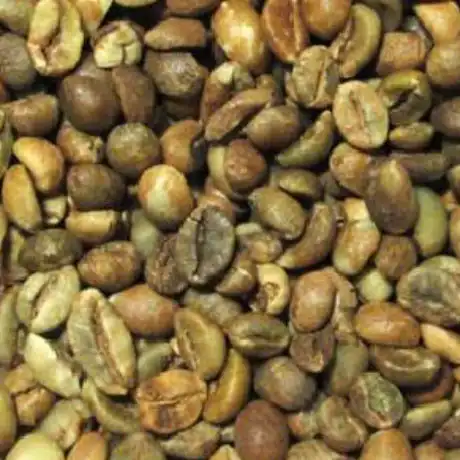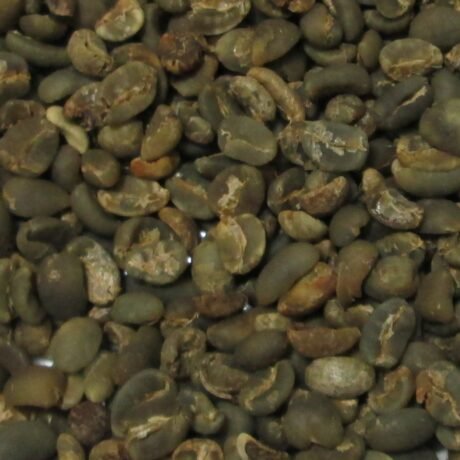In the verdant highlands of Dairi Regency, North Sumatra, lies Sidikalang, a name that once resonated with reverence among global coffee connoisseurs. In the early 20th century, Arabica coffee from Sidikalang commanded unparalleled respect, celebrated for a taste profile that set it apart from its peers. This was the golden age of Sidikalang Arabica, a period when its unique characteristics shone brightest, a memory now largely overshadowed by changing landscapes and evolving coffee economics.
The Terroir of Distinction:
Sidikalang’s natural endowment was key to its early success. Nestled within the majestic Bukit Barisan mountain range, the region boasts an ideal altitude, typically ranging from 1,000 to 1,300 meters above sea level. This elevation, coupled with cool climates and fertile, often volcanic, soil, provided the perfect crucible for Arabica coffee to thrive. The slow maturation of coffee cherries at these altitudes allowed for the development of complex sugars and acids, contributing to a nuanced flavor profile.
The Reign of Sidikalang Typica:
At the heart of Sidikalang’s fame was the Arabica Typica variety. This heirloom cultivar, a direct descendant of the original coffee plants introduced to Indonesia by the Dutch East India Company, was known for its inherent quality potential. Unlike the heavier, earthier notes often associated with modern Sumatran coffees, the Typica from Sidikalang was historically celebrated for its:
- Bright, Lively Acidity: A characteristic often desired in high-quality Arabicas, contributing to a refreshing and clean cup.
- Clean and Refined Taste: Lacking the overtly earthy or rustic notes that would later become synonymous with Sumatran coffee.
- Subtle Floral and Fruity Nuances: Hints of delicate aromas and flavors that spoke to the pristine growing conditions and the inherent qualities of the Typica bean.
This distinct profile, a stark contrast to the more robust and less acidic coffees that would emerge later, earned Sidikalang Arabica its esteemed reputation. It was a coffee savored for its elegance and clarity, making it a favorite among discerning drinkers.
The Turning Tide: What Happened to the Golden Glow?
However, the golden age was not destined to last indefinitely. A series of challenges gradually reshaped Sidikalang’s coffee landscape:
- The Coffee Leaf Rust Epidemic: The late 19th and early 20th centuries saw devastating outbreaks of coffee leaf rust (Hemileia vastatrix) across Indonesia. The Arabica Typica, while excellent in cup quality, was highly susceptible to this fungal disease. To survive, many farmers were forced to replant with more disease-resistant, albeit often less flavor-nuanced, varieties, or, more significantly, transition to the hardier Robusta coffee.
- The Rise of Robusta: Sidikalang’s suitability for Robusta cultivation, with its higher yields and disease resistance, led to a significant shift in production. Today, Sidikalang is arguably more renowned for its high-quality Robusta, known for its bold body, low acidity, and notes of chocolate and nuts. While an excellent Robusta Sidikalang, it’s a very different coffee from the prized Arabica of yesteryear.
- Varietal Dilution in Arabica: Even where Arabica cultivation persisted, the original Sidikalang Typica became increasingly rare. Farmers introduced newer, often hybrid, Arabica varieties (such as Catimor or Linie S crosses) to improve resilience and productivity. While these varieties still produce good coffee, they may lack the specific flavor nuances that made the original Typica so exceptional.
- Processing Evolution and the “Giling Basah” Effect: The prevalent wet-hulling (Giling Basah) processing method, unique to Indonesia, became widespread. While efficient in Sumatra’s humid climate and responsible for the characteristic full body and earthy notes of modern Sumatran coffees, this rapid processing can sometimes overshadow the delicate flavors that might have been preserved with more traditional, slower drying methods that perhaps characterized some of the earlier Sidikalang Arabica.
- Economic Pressures and Consistency: The challenges faced by smallholder farmers, including fluctuating market prices and limited access to resources, can impact quality control. Consistency in harvesting ripe cherries and meticulous post-harvest processing are crucial for premium coffee, and these can be difficult to maintain under economic strain.
A Glimmer of Hope: Towards a New Renaissance?
While the pervasive image of Sidikalang coffee today is often associated with its robust Robusta, or a more generalized Sumatran Arabica profile, the legacy of its golden age is not entirely forgotten. There are growing efforts by dedicated farmers and specialty coffee producers in the region to revive the high-quality Arabica. This includes:
- Seeking out and cultivating heirloom Typica varieties in suitable microclimates.
- Implementing more meticulous cultivation practices, such as selective hand-picking.
- Experimenting with alternative processing methods beyond traditional wet-hulling, including fully washed or natural processes, to unlock different flavor dimensions.
The golden time of Arabica Sidikalang coffee serves as a powerful reminder of how environmental shifts, agricultural evolution, and economic realities can reshape the destiny of even the most celebrated coffees. While the specific taste of that bygone era may be a rare find, the potential for Sidikalang to reclaim its place among the world’s most distinguished Arabicas remains a compelling narrative for the future.






